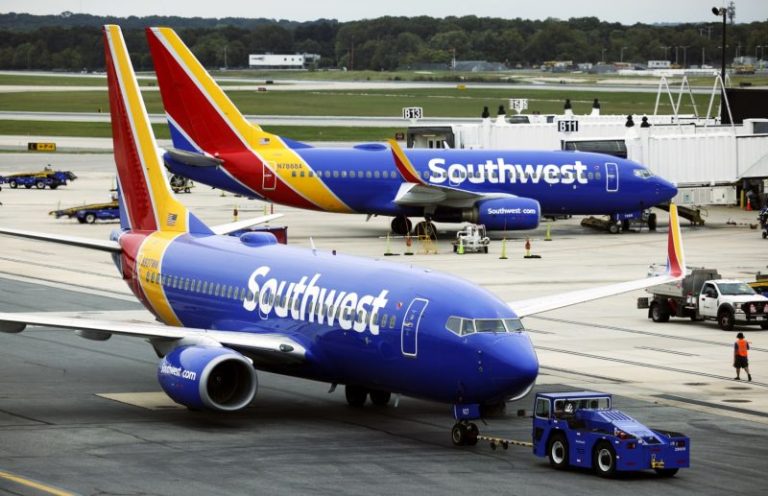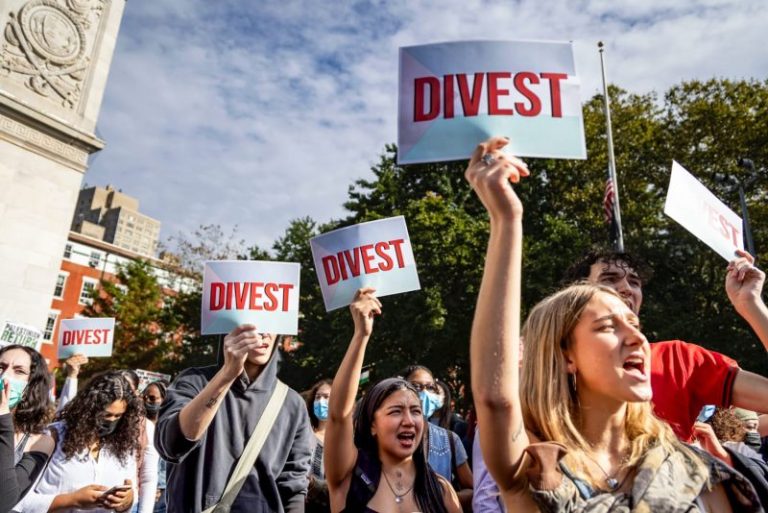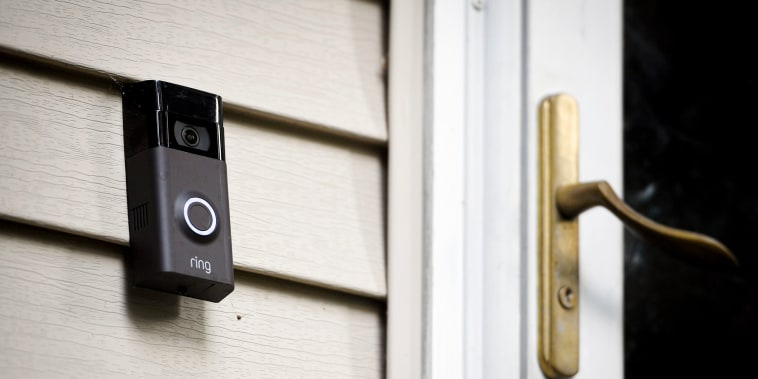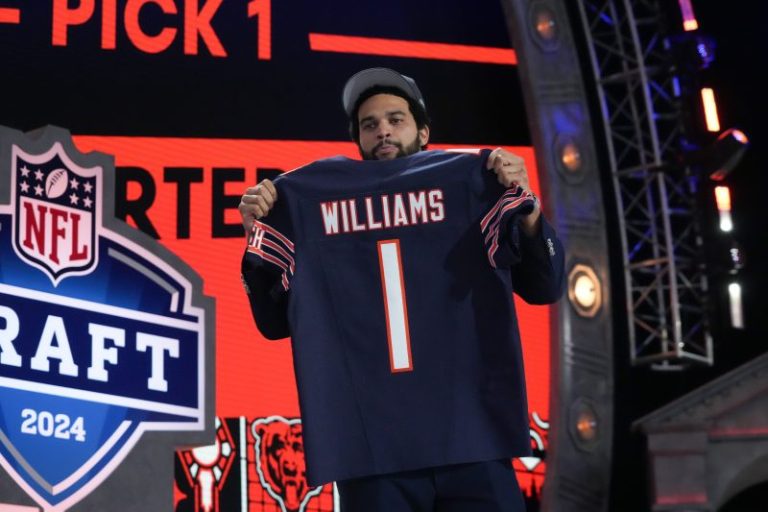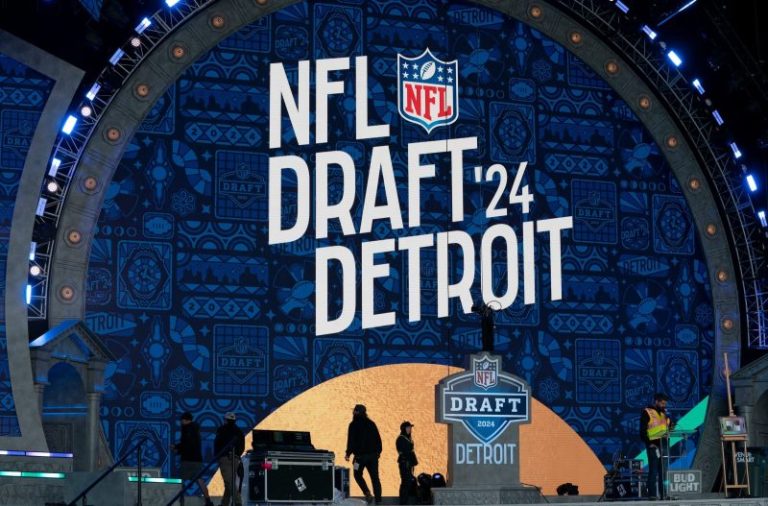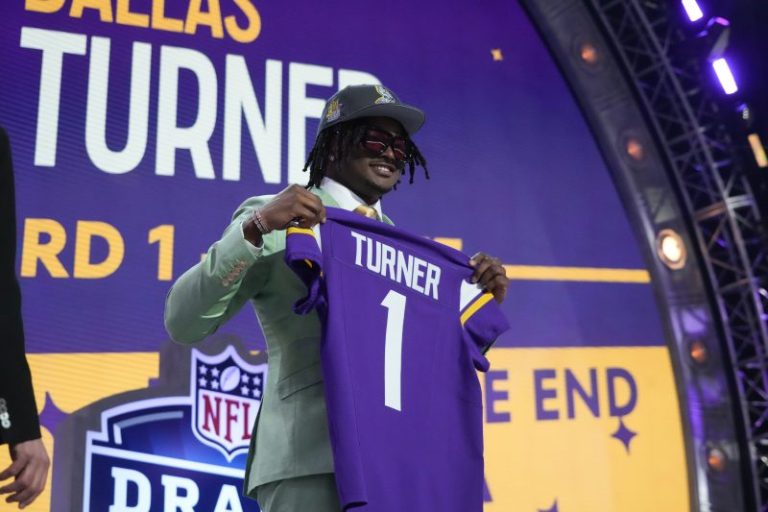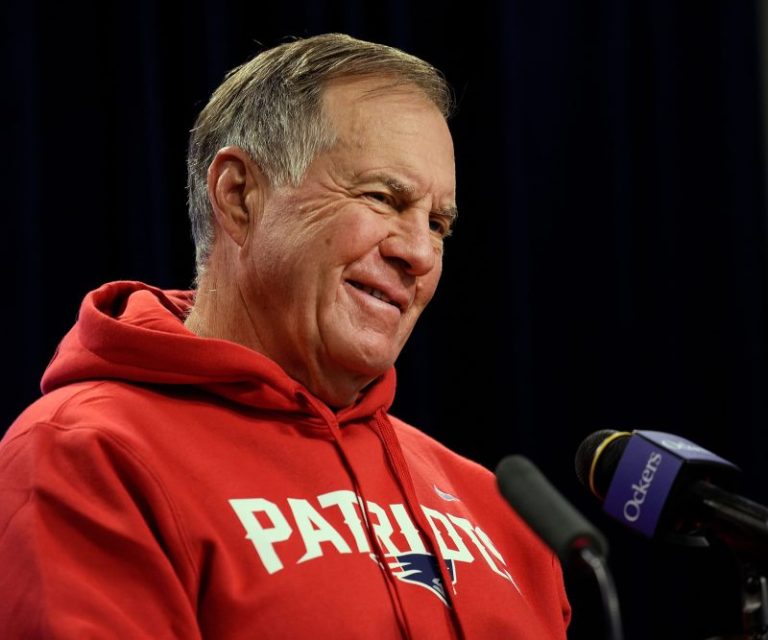A made-in-China electric vehicle will hit U.S. dealers this summer offering power and efficiency similar to the Tesla Model Y, the world’s best-selling EV, but for about $8,000 less.
The EX30 from Volvo Cars, the Swedish luxury brand owned by China’s Geely, foreshadows the fierce competitive threat U.S. automakers could face from Chinese EV manufacturers that have surged far ahead of global rivals, especially on affordability.
The $35,000 window sticker of Volvo’s compact SUV hits a sweet spot in the U.S. market, where most buyers cannot afford most EVs. The competitive price reflects an unusual combination of Geely’s China-specific cost advantages and Volvo’s ability to skirt U.S. tariffs on Chinese cars because it also has U.S. manufacturing operations, according to interviews with four sources familiar with Volvo and Geely strategy and several U.S. trade policy experts.
Chinese EV makers can undercut global competitors largely because of the nation’s domination of battery minerals mining and refining, as well as its long-standing commitment to EV development, including heavy government subsidies.
In addition, Geely has slashed manufacturing costs by merging supply chains and sharing platforms and parts with Volvo and other Geely brands, according to two senior Geely managers, who spoke on condition of anonymity because they are not authorized to speak publicly.
Despite its aggressive price, Volvo is targeting hefty profit margins on the EX30 of between 15% and 20% globally, said a third Geely source.
China’s EV dominance will be on display this week at the nation’s premier auto show in Beijing. In the China market, the world’s largest, dozens of domestic EV brands are fighting it out in a price war while foreign automakers have steadily lost market share. The intense competition has driven China’s biggest EV makers, led by BYD, to accelerate exporting of EVs that can capture higher prices and profits in less competitive overseas markets.
The EX30 will be among only a handful of China-made cars sold in the United States, none of them from Chinese brands. Vehicles from China currently face a 27.5% tariff and increasingly strident calls for higher trade barriers from U.S. automakers and their political allies.
But Volvo is eligible for tariff refunds under a law that awards them to firms with U.S. manufacturing operations — such as Volvo’s South Carolina plant — that also export similar products, according to U.S. trade law experts and a source familiar with Volvo’s tariff-avoidance strategy.
The U.S. government does not release details of tariff refunds to individual companies.
Asked about tariff refunds, a Volvo spokesperson said the company pays all legally required duties on cars and parts. She said Volvo, though owned by Geely, is independently operated and designs its cars in Sweden.
Geely declined to comment.
The EX30 could get even cheaper if Volvo and its dealers use an EV-policy loophole enacted in the Inflation Reduction Act of 2022, championed by U.S. President Joe Biden. The legislation reauthorized an existing $7,500 tax credit for EV buyers — but blocked the subsidy for cars with components from countries, including China, that are deemed an economic or security threat.
The U.S. Internal Revenue Service later determined, however, that leased EVs qualify as commercial vehicles and are eligible for a similar $7,500 subsidy with no China-content restrictions.
That could bring a leased EX30’s effective price to $27,500 — a compelling offer for a five-seater electric SUV that Volvo has said will have a 275-mile driving range and a five-second 0-60 mph time. The EX30’s specifications closely match Tesla’s Model Y, and Volvo dealers are touting the comparison. (The Model Y has more cargo room.)
Last weekend, Tesla lowered the Model Y’s price by $2,000 in the United States as part of a series of global reductions. It’s the latest of many Tesla price cuts as it faces softening demand and stiffer competition from China EV makers.
Lance Morgan, sales manager at Volvo Cars Carlsbad in California, said his dealership has already taken deposits for every 2025 EX30 it expects to be allocated.
“I think this could be quite the game-changer for the whole brand,” he said.
Morgan said more than half of his customers who buy currently available Volvo EVs initially lease them to qualify for the U.S. tax credit — then immediately buy out the lease.
The EX30’s price and the buzz it’s generating help explain U.S. automakers’ rising fears of having to compete with low-cost Chinese EV imports.
Industry trade group the Alliance for American Manufacturing said in February that cheap Chinese EVs could cause an “extinction-level event” for U.S. automakers. It warned that Chinese manufacturers could also avoid U.S. tariffs by setting up plants in Mexico, inside the North American free trade zone, then exporting vehicles to the United States.
China’s BYD — which rivals Tesla for the global EV sales crown — announced plans in February for a Mexico plant. BYD offers an array of EVs for less than $30,000 in China, including an electric hatchback that sells for less than $10,000.
In Mexico City in February, BYD announced it would sell the same hatchback in Latin America for about $21,000, still far below any U.S. electric vehicle.
Some U.S. politicians are calling for higher trade barriers, including U.S. Senator Josh Hawley, a Missouri Republican.
Referring to Volvo’s tariff refund strategy, Hawley said in a statement to Reuters: “Using taxpayer dollars to subsidize Communist China’s auto sector is an affront to American workers.”
When Geely bought Volvo from Ford in 2010 for $1.8 billion, it struck some analysts as an odd pairing. Geely was an upstart automaker from Hangzhou known for producing lower-quality knockoffs of Western cars while Volvo had a long-standing reputation for safety and sleek Scandinavian designs.
The companies came up with a Volvo growth strategy that relied in part on lowering costs by merging supply chains, giving the combined company leverage to drive down supplier costs.
“Our stated goal was to achieve ‘quality of Volvo, cost of Geely’,” one Geely engineering manager said.
The plan worked. Since 2010, Volvo has nearly doubled its global car sales, from 373,525 to more than 708,000 last year.
Geely and Volvo have created a series of shared platforms allowing Volvo and other Geely brands to share batteries, motors, gears and electric power-management inverters — all high-cost EV components that are cheaper in high volumes.
The EX30 rides on an electric-vehicle platform Geely calls SEA, for “sustainable experience architecture”, the Geely sources said. A third Geely official called it the Russian doll of vehicle platforms because it can be modified to produce a wide array of large and small EVs without major assembly-line changes.
One of the Geely engineering managers said 80% of the underbody components in SEA-platform vehicles are now shared among Geely, Volvo and other affiliated brands including Smart, Lynk & Co. and Zeekr, which make vehicles for Chinese and European markets.
Shifting more of its manufacturing to China required Volvo to confront the punishing tariffs enacted by Republican U.S. President Donald Trump in 2018, as part of a larger trade war, and since supported by Biden.
At the time, a Volvo lobbyist requested an exclusion for its mid-size SUVs imported from China, saying in an October 2018 letter that the duties would cause economic harm to consumers and auto workers. The U.S. Trade Representative denied Volvo’s request, as it did for a similar request from General Motors.
The lobbyist’s letter didn’t name specific models but Volvo imported its XC60 utility vehicle from China at the time. It switched production for the U.S. market to Europe to avoid the tariffs.
Now Volvo has found a different way around the tariffs for the EX30, through the U.S. duty drawback program, which dates to 1789. The program originally refunded companies the tariffs they paid on imported raw materials if they used them to build finished products for export. Today, it allows a much broader array of exports to offset taxes on similar imports.
For Volvo, it means exports of its larger EX90 electric sport-utility vehicles built in South Carolina can be used to offset imports of the EX30 from China.
The drawback program, long used by U.S. automakers that source parts globally, has surged in popularity in the U.S.-China trade war. Total drawback claims have more than tripled since the 2018 tariffs, from $1.3 billion to nearly $4 billion last year, U.S. Customs data show.
This post appeared first on NBC NEWS



